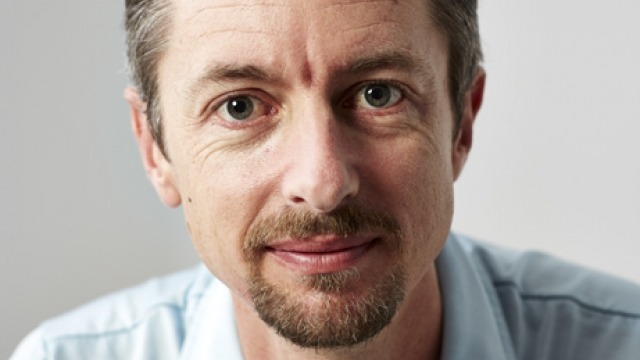Introducing Mitchell Whitelaw, ANU Design
SHARE

Interview by Anna Madeleine
Adaptability, engagement and research are three key principles of the new Design degree offered by ANU School of Art, says Mitchell Whitelaw, who has joined ANU as an Associate Professor in Design.
Whitelaw talked about the flexibility and diversity of the program, which will allow students to bring together material and digital practices.
“Especially in creative worlds, the tools that you need from one project to another will change. You’re constantly learning. I love that about the field,” he says.
“The other big thing is that it’s going to be a design degree in the context of an art school. The presence of the very strong material studios is what is going to make it really special. The thing that excites me is the interaction between a modern digital practice and the more material work.”
Whitelaw, who will be running the course with colleague Geoff Hinchcliffe, described how collaboration and working on real projects appeals to his way of teaching, throughout all levels of learning.
“We want to build it right up through the undergraduate and Honours and then into PhD research. At every level, the students will be working on real briefs, real projects, real clients, doing real stuff.”
He also emphasised the conceptual skills students will develop; skills that are necessary in this era when a huge amount of knowledge is at our fingertips, but where we need to navigate, adopt and apply this information to suit individual ideas and projects.
“Being a successful contemporary designer is partly about the soft skills of research, conceptualisation, communication, and the ability to learn what you need when you need to,” Whitelaw explains.
For Whitelaw, working with data is one of two main strands of his art and design practice, along with programming. He describes data as an interesting, troublesome and productive material.
“It touches every aspect of society and culture, and yet representing that material is so elusive. We’re all aware that we’re engaged with data all the time, on our phones, but what is data and what does it look like, what does it feel like, and how do we understand what it is?”
Mitchell Whitelaw, Drifter, 2016
His interest in these questions has led to collaborations with people including art historians and scientists from cultural institutions, libraries, archives and art galleries. Throughout his work, an interest in climate change and the environment emerges, as he explores different ways of understanding the changing landscape. His recent project Drifter used material from cultural archives to create a digital portrait of the Murrumbidgee river system.
“One thing that I feel strongly about is that we need to develop more complex understandings of these kind of things – of these histories and of these landscapes,” Whitelaw says.
“Because if we’re going to survive this place, we need more sophisticated understandings of what’s happened, how we got here and of where we go next.”
In 2009 at the Beginning, Middle, End exhibition at ANU School of Art, Whitelaw exhibited his Weather Bracelet: a 3D printed bracelet that depicts a year’s worth of weather data. This work evolved into a larger project, Measuring Cup, that uses 160 years of monthly temperature data from the Met Office in the UK, to design a cup with a radius that increases in accordance with temperature rises.
These works, which will both be shown in 2016 at the Powerhouse Museum, are particularly useful in demonstrating the potential of designed objects to represent data in a more meaningful way.
To work in this area, students will be able to make use of new suite of high-end digital fabrication technologies recently installed at the ANU School of Art.
“For a long time, digital work would be on a computer or on a screen or on the web, it was trapped in a particular box,” Whitelaw says.
“And as soon as fabrication technologies started to become more available and accessible, it broke out and became so much more powerful and interesting; it connects with the world in a totally different way.”
He adds, “It’s just art. It’s just work, it’s just practice. You use a range of tools and you engage with your tools in a powerful way whether it’s crochet or computer code.”











